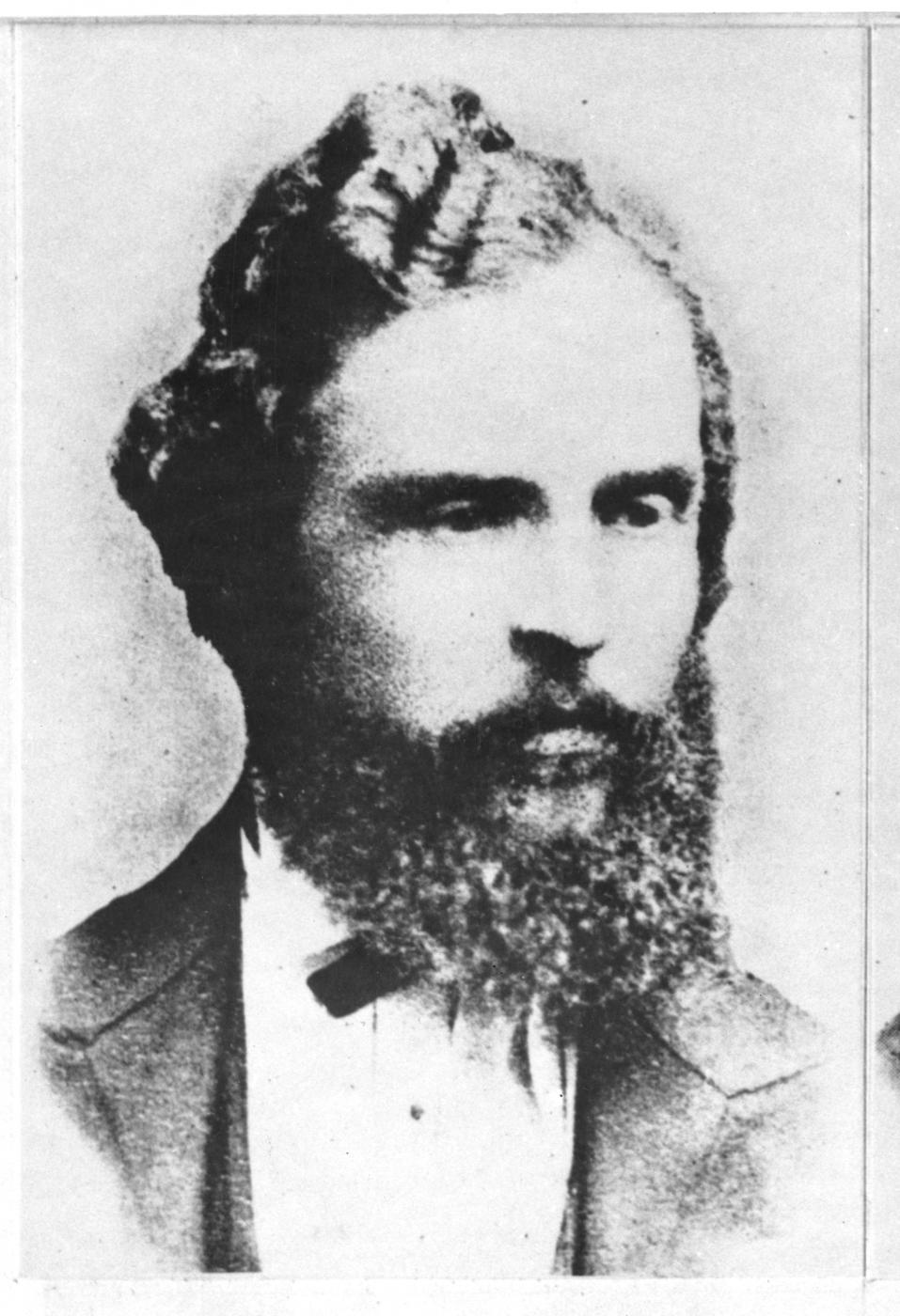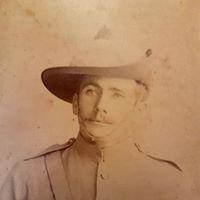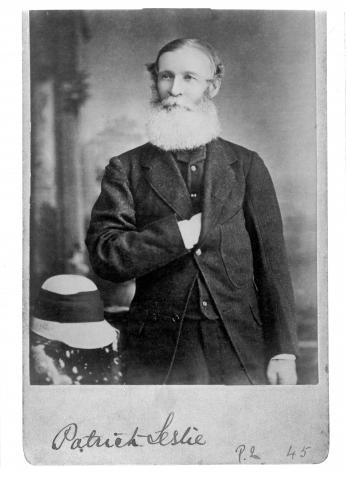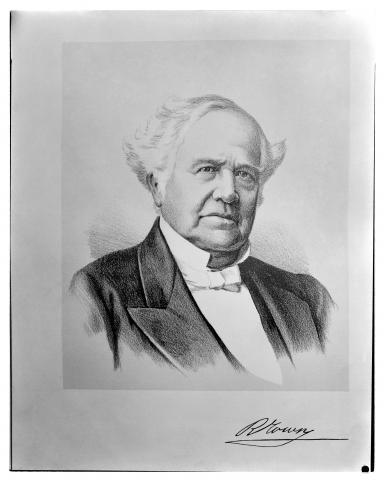
- News of the day
-
Sydney Morning Herald, Monday 7 November 1921, page 10
DEATH OF DR. ROBERT LOGAN JACK.
The death took place at his residence, "Oruba", Toxteth Road, Glebe Point, yesterday morning, of Dr. Robert Logan Jack, L.L.D. and R.G.S., and G.S.M. Inst., M.M., for many years Government Geologist of Queensland. Dr. Jack, who was 76 years of age, took up his residence in Sydney 14 years ago. He was born at Irvine, Ayrshire, Scotland, in 1845. and was educated at Irvine Academy and Edinburgh University. After 10 years on the Scottish Geological Sur-vey, he accepted the position of Government Geologist in Northern Queensland, in 1877, and soon afterwards became geologist for the whole State. He rendered memorable service during his occupancy of the office till 1899, when he resigned and went in charge of an expedition to Western China. In 1898 he was appointed Commissioner for Queensland to the "Greater Britain Exhibition" in London.
After private practice in England he returned to Australia in 1904 and was appointed in that year by the Government of Western Australia as a Royal Commissioner on the Collie Coalfield, and in 1911 as chairman of the Royal Commission to investigate and report on miners' lung diseases. Dr. Jack was the author of a number of works, including "Mineral Wealth of Queensland (1880)," "Handbook to Queensland Geology" (1886), and, in collaboration with Robert Etheridge, junr., of "Geology and Palaenthology of Queensland and New Guinea" (1893, 2 volumes). He was awarded, in conjunction with Mr. Etheridge, in 1905, the Clarke Memorial Medal, by the Royal Society of New South Wales. Dr. Jack practised as a consulting geologist in Sydney for some time, and more recently was engaged in the production of a new book entitled "Northmost Australia," which is now being issued in London. He leaves one son, Mr. Lockhart Jack, B.E., of Adelaide; two stepdaughters, Miss Love and Mrs. McPherson; also a stepson, Mr. James S. Love, of Queensland. His brother, Professor Jack, Scotland, was once senior wrangler of Cambridge University.
- Biography of Robert Logan Jack
-
Robert Logan Jack (1845-1921), geologist and explorer, was born on 16 September 1845 at Irvine, Ayrshire, Scotland, son of Robert Jack, cabinet-maker, and his wife Margaret, née Logan. Educated at the Irvine Academy and at the University of Edinburgh, he joined the Geological Survey of Scotland in 1867 and by 1876 had contributed greatly to Scottish geology by mapping the coalfields.
In 1876 Jack was appointed geological surveyor for northern Queensland and arrived at Townsville in 1877. In 1879 Jack became government geologist for the whole colony. He was president of the geological section for the first meeting of the Australasian Association for the Advancement of Science in 1888, and president of the Royal Society of Queensland in 1894. He resigned his government post in 1899 to explore for an English company the metalliferous deposits of Szechuan in China. When the Boxer rising broke out he and his son Robert Lockhart made their way to Burma through 450 miles (724 km) of uncharted mountain country known in World War II as 'The Hump'. In 1901-04 he practised as a consultant mining geologist in London. He then returned to Australia and for five years was a consulting engineer in Western Australia. He served on the royal commission on the Collie coalfield and presided at another on the ventilation and sanitation of mines and the prevalence of lung disease among miners. By 1910 he was a consulting geologist in Sydney.
Jack's geological work for Queensland is outstanding in both quality and quantity and remarkable for its accurate and detailed observation. His recognition of the basinal structure of western Queensland and its potential for artesian water led to the first government bore in the Great Artesian Basin being sunk at Barcaldine in 1887. He personally mapped and appraised the Bowen River coalfield and coal prospects near Cooktown, Townsville and the Flinders River, and reported on twelve goldfields including Mount Morgan, Charters Towers and the Palmer as well as the Stanthorpe and four northern tinfields, the Argentine and other silver mines, the Chillagoe and Koorboora mining districts and the sapphire deposits of Withersfield. Many of his deductions have stood the tests of additional evidence, but his theory that the richly auriferous ores of Mount Morgan were deposited on a pre-desert sandstone landscape by a thermal spring has proved unacceptable.
In collaboration with Robert Etheridge, who described the fossils, Jack brought all his previous work together and analysed it in The Geology and Palaeontology of Queensland and New Guinea, 3 vols (Brisbane, 1892). The two men had already collaborated in Catalogue of Works, Papers, Reports, and Maps, on the Geology, Palaeontology, Mineralogy, Mining and Metallurgy, etc. of the Australian Continent and Tasmania (London, 1881). Jack published several other shorter compilations on the geology of Queensland, and in 1899 issued the final edition of his geological map of Queensland. In his last major publication, Northmost Australia, 2 vols (London, 1921), he gave detailed accounts of all the explorations of north Queensland, including his own. Many of his geological journeys were through unexplored country, especially Cape York Peninsula. On a journey in 1880 he was speared in a surprise night attack by Aboriginals.
Jack died at Sydney on 6 November 1921, survived by his wife Janet Love, née Simpson, whom he married at Glasgow in 1877, by his son Robert Lockhart who became hydrologist for South Australia and later chief geologist of the Broken Hill Pty, his stepson James Simpson Love, a well-known grazier in north Queensland, and by two stepdaughters. He was buried in the Presbyterian section of Waverley cemetery.
Courtesy of the Australian Dictionary of Biography



